
THE Pos Laju van pulls up in front of my house and I’m instantly alerted to the sound of its tyres grinding incessantly against the loose gravel on the driveway. “Finally!” I mutter while walking out to meet the smartly-dressed delivery man who has just alighted from his vehicle with a small cardboard box under his left arm.
After dispensing with the necessary verification procedures, I quickly head indoors and excitedly spill the contents of the box on the dining room table. The reason for my excitement is simple. The Ipoh vendor who sold me the item on social media merely described it as a collection of Malayan postal history from the 1960s and only appended a solitary photograph depicting a bundle of used envelopes. When pressed for more images, he haughtily gave the excuse that there were better things for him to do than attend to such a trivial matter.
The only thing that spurred me to complete the sale was his unbelievably low asking price. It was only after inspecting the envelopes did I finally understand his reluctance to provide more details. More than half of the covers had missing stamps! That imperfection alone decreases the value of the items by more than half. The perceived bargain purchase is fast turning out into a disaster.
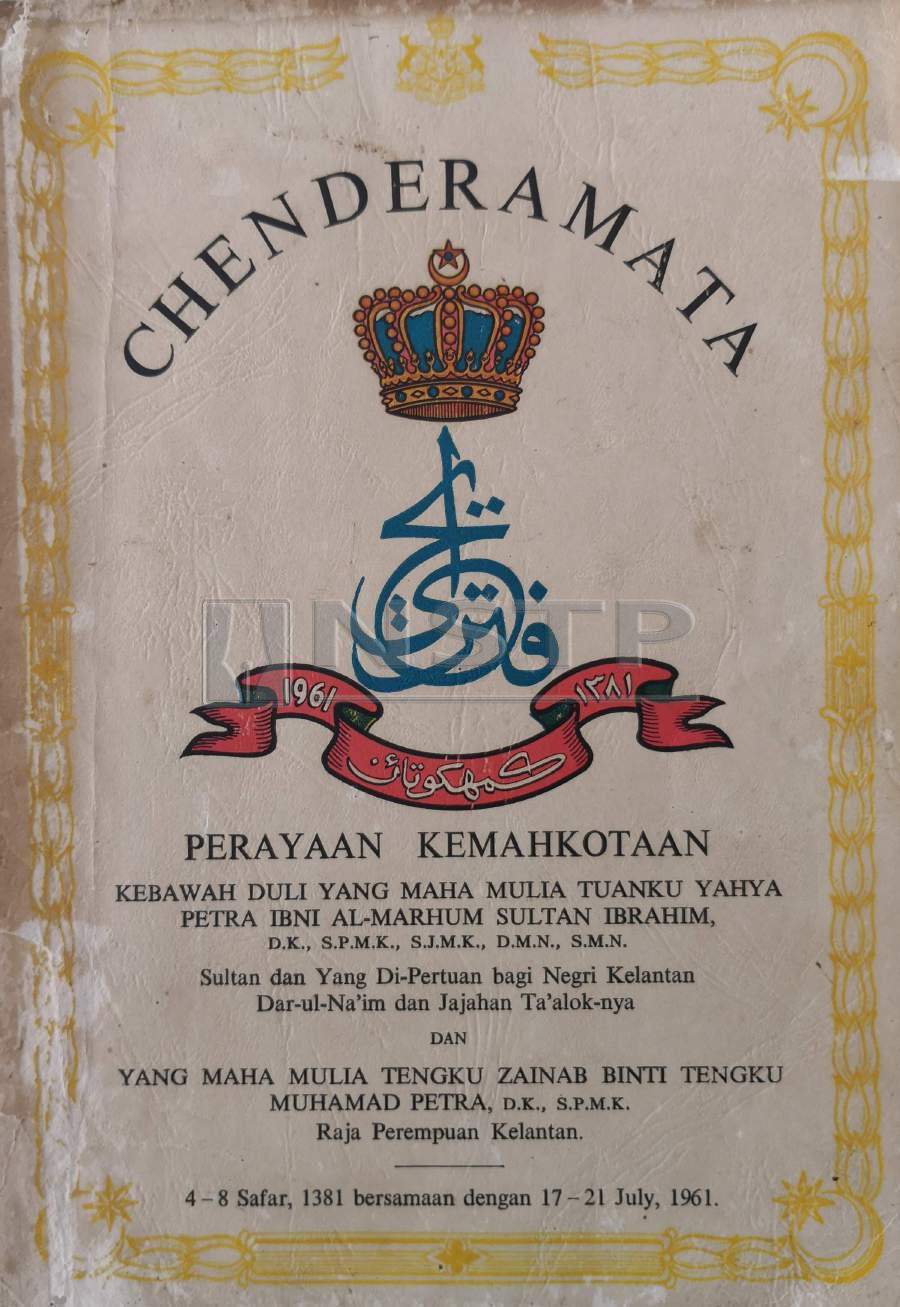
Downcast, I start shifting my attention to the letters in the envelopes. Recalling stories heard from fellow collectors, there have been instances where descriptions of important historical events have helped to dramatically elevate the value of otherwise ordinary letters or postcards.
LETTER OF INTEREST
Two hours and 30 letters later, my eyes come to rest on a light blue envelope bearing the Kota Bharu Teachers’ Training College crest on the top right hand corner. It’s addressed to a certain Yussof bin Dalin who was residing at the Malay College Kuala Kangsar at the time the letter was written on July 17, 1968.
The first paragraph begins with the sender, who merely signs off as Yong on the penultimate seventh page, congratulating Yussof on the successful apprehension of a thief at his college and at the same time advocating continued vigilance to prevent history from repeating itself.
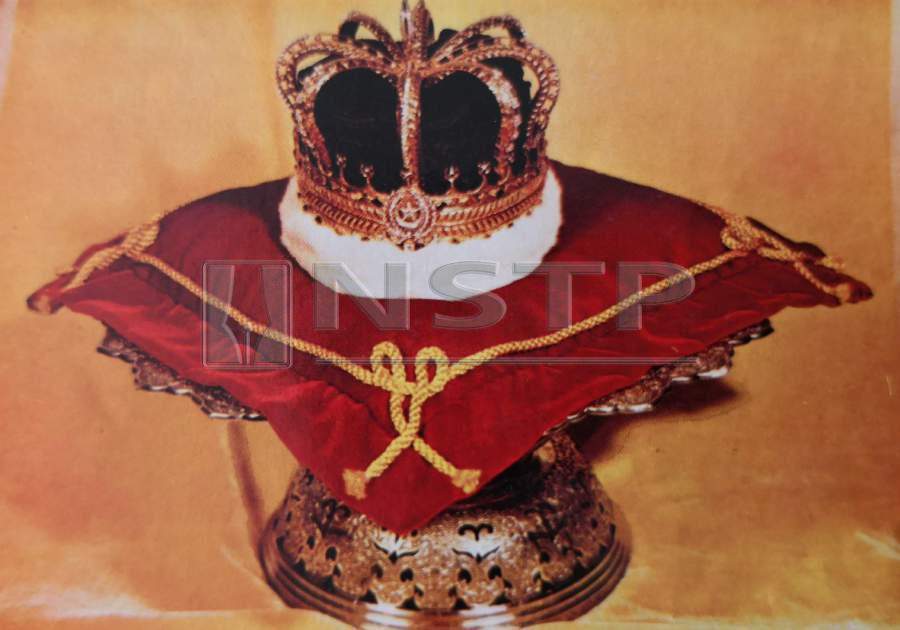
My heart starts beating significantly faster by the time I finish reading the second paragraph. It tells of a joyous double celebration in Kota Baru to commemorate the coronation of Crown Prince Tengku Ismail ibni Sultan Yahya Petra and the birthday of Tengku Ismail’s father, the ruling monarch of Kelantan at that time, Sultan Yahya Petra ibni al-Marhum Sultan Ibrahim.
ORIGIN OF KOTA BARU

The well attended three-day celebrations began on the morning of July 10, 1968 with the coronation of Tengku Ismail and the awards presentation ceremony at the Istana Balai Besar in Kota Baru.
Constructed to replace the older Istana Kota Lama, Istana Balai Besar and the fort surrounding it was built in 1844 by Sultan Muhammad II using timber from Pasir Puteh and Ulu Kelantan. According to Yong, the monarch decided to call the place Kota Baru upon completion of his new fort. That name has remained ever since.
Later that evening, members of the public were treated to dance and song performances organised by Radio Malaysia Kota Bharu at the school field in Sekolah Kebangsaan Padang Garong. Among the notable artistes who took to the stage that night were M. Ibrahim, Norjanah Ayob, Junaidah Jaafar and Wan Salman. Yong and the other trainee teachers also joined in the festivities, contributing a dance number entitled Ayam Didek with the accompaniment of two singers and a popular local band called ‘The Shean’.
Pausing momentarily to consult my reference books regarding the performance venue, I discover that the school was originally known as Sekolah Melayu Padang Garong. Until today, it holds the enviable honour of being the first Malay school in the state after it was established by the Kelantan State Government in 1904.
CULTURAL EXTRAVAGANZA
Returning my focus to the letter, I discover that the same air of merriment was also felt at the nearby Kota Baru stadium. Renowned artisans from all over the state showcased the best of Kelantanese culture on 11 specially constructed platforms. The crowds, together with officials from the Ministry of Youth and Sports from Kuala Lumpur, were treated to batik printing and weaving demonstrations as well as wayang kulit and menora performances.
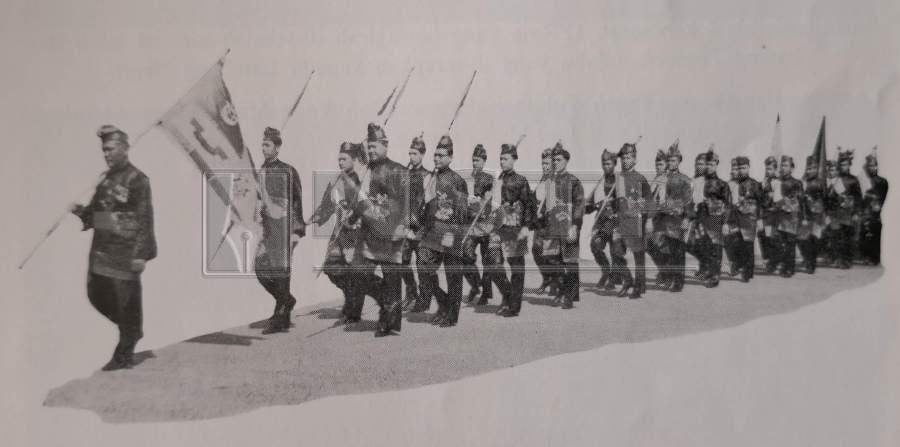
The next morning, a boat racing competition was held at the Kelantan River. Response from the public was so overwhelming that many people, including Yong, had to leave disappointed. He failed to find standing room near the river bank and could hardly see anything from the roadside.
More stage performances were in store for the Kota Baru people on the third and penultimate night of celebrations. The main crowd puller was a police tattoo held at the Kota Baru stadium. Those who attended were treated to an elaborate show involving acrobatical theatrics and musical recitals.

The remainder of Yong’s letter details the resumption of his practical training sessions on July 19, 1968. While reading about the various challenges faced by him as an aspiring trainee teacher, I suddenly remember having the actual installation programme of Sultan Yahya Petra somewhere among the boxes of books in my store room. Returning the letter back to its envelope, I head off to commence my search.
COAT OF ARMS

Half an hour later, I emerge with the booklet. It’s still in very good condition even though it was purchased more than 15 years ago at Penang’s Lorong Kulit flea market. I love the intricate design and vivid colours on the front cover which also features the Kelantan coat of arms.
According to the text inside, the Kelantan coat of arms was introduced in 1916 under the orders of Sultan Muhammad IV. The monarch specifically requested for the inclusion of the crescent and star together with three sets of weapons, the keris, ceremonial spears and cannons to accompany the words ‘Kepada Tuhan, Berserah Kerajaan Kelantan’ (To God, the Kelantan Government Submits).
A pair of kijang (common barking deer) and coronet were added to the design during the reign of Sultan Ismail ibni al-Marhum Sultan Muhammad IV. The incorporation of the kijang was made in reference to the favourite pet of Kelantan’s 14th century queen, Che Siti Wan Kembang.
QUEEN OF KELANTAN

The next section in the booklet, entitled The story of Kelantan, provides more information about Kelantan’s only female ruler. Che Siti Wan Kembang was born a year after her father Raja Ahmad was crowned ruler of Kelantan in 1584. Raja Ahmad passed away five years later when the princess was only 4. As a result, Raja Hussein of Johor was named regent.
Che Siti Wan Kembang ascended to the Kelantan throne in 1610 upon the demise of Raja Hussein and ruled from her Gunung Chinta Wangsa base in Ulu Kelantan, which is approximately 40 km from Kuala Krai.
Kelantan prospered under her rule and was frequented by many traders including Arabs. The Middle Eastern merchants held the queen in high regard and often addressed her as Paduka Che Siti. It was also during this time that the people of Gunung Ayam in Gua Musang presented Che Siti Wan Kembang with a pair of magnificent kijangs.
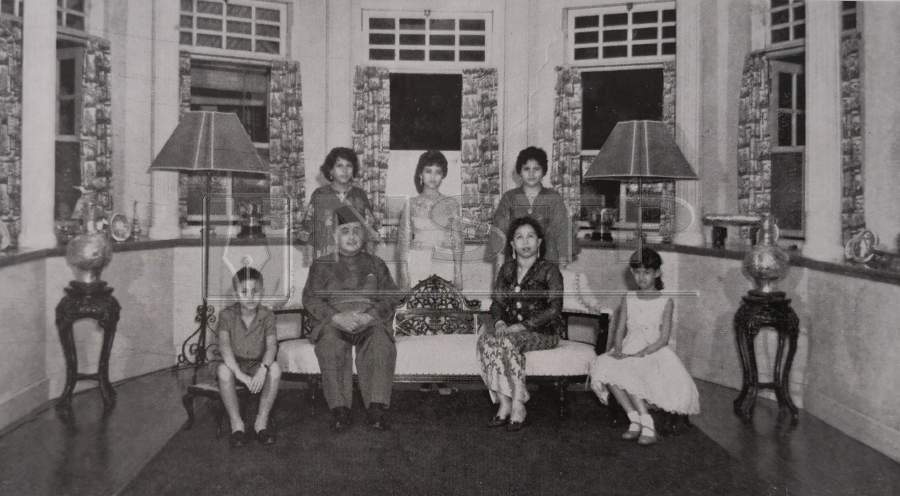
Che Siti Wan Kembang never married and adopted the princess of the ruler of Jembal, Puteri Sadong, as her daughter. The people of Kelantan who watched Puteri Sadong grow into a beautiful maiden, affectionately called her Puteri Wijaya Mala. Eventually, the princess’ beauty reached the ears of the King of Siam who immediately sent emissaries to ask for her hand in marriage. The Siamese ruler’s advances were graciously rejected and Puteri Sadong eventually married her cousin Raja Abdullah.
MURDER AND STRANGE DISAPPEARANCE
Despite having knowledge of the marriage, the King of Siam persisted and, under the threat of an all-out war, managed to coerce Raja Abdullah to allow his bride to travel to Bangkok. Upon her return from the Siamese capital, Puteri Sadong was utterly devastated to discover that her husband had remarried. A quarrel ensued and Raja Abdullah was stabbed to death with Puteri Sadong’s hairpin.
After making arrangements for Raja Abdul Rahim to succeed her late husband, Puteri Sadong then made her way back to Gunung Chinta Wangsa via the Bukit Marak route and mysteriously disappeared, never to be seen again.
Intrigued by the stories involving the ancient rulers of Kelantan, I continue tracing the royal lineage until finally reaching the section reserved for Sultan Yahya Petra, the grandfather of the current Sultan of Kelantan and Supreme Head of Malaysia, Sultan Muhammad V Ibni Sultan Ismail Petra.
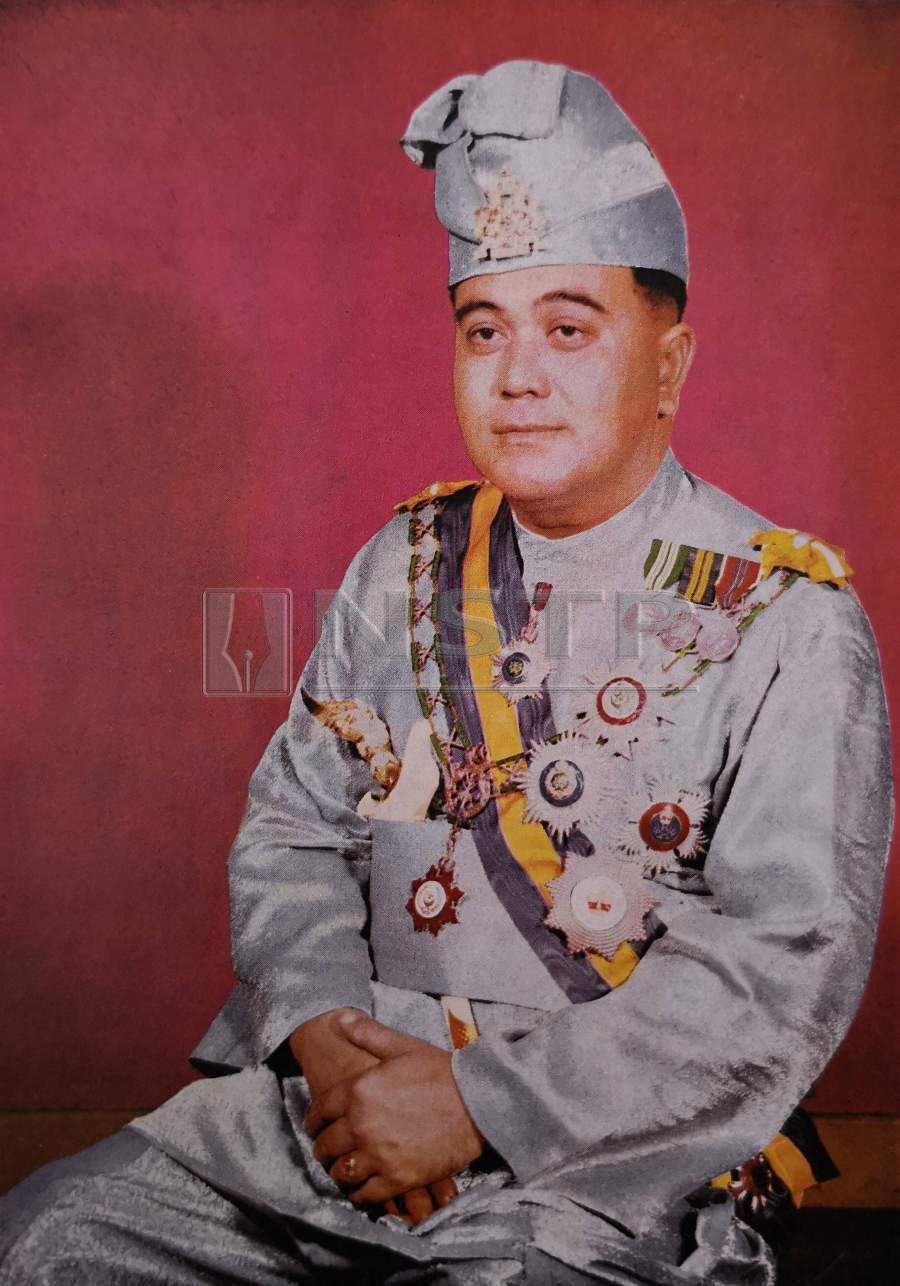
Sultan Yahya Petra was born in Istana Balai Besar on Dec 10, 1917. He was the second son of Sultan Ibrahim ibni al-Marhum Sultan Muhammad IV. The young prince spent four years at Francis Light School in Penang before leaving for England to further his education in November 1934.
Upon his return five years later, Sultan Yahya Petra was married to Tengku Zainab Tengku Mohamed Petra (Raja Perempuan Kelantan) in a ceremony steeped in tradition and custom on June 4, 1939. Two years later, Sultan Yahya Petra was elected Vice President of the Kelantan Islamic Religion and Malay Custom Council. He held that position together with several others in the Kelantan civil service from 1941 to 1948.
ROYAL DUTIES
During the Japanese Occupation of Malaya, Sultan Yahya Petra assumed the role of private secretary to his uncle, Sultan Ismail who was the then ruling monarch on Nov 12, 1943. He only relinquished the position after Sultan Ismail passed away from tuberculosis at Istana Jahar on June 20, 1944. The throne then passed on to Sultan Yahya Petra’s father, Sultan Ibrahim.
The Second World War ended with the Japanese Imperial Army capitulating in August 1945. A month later, the British returned to initiate a period of rebuilding not only in Kelantan but throughout the whole of Malaya. The initial British Military Administration that held sway in the country was replaced by the short-lived Malayan Union on Apr 1, 1946.
Bowing to citizenship pressures from the Malays, the British agreed to the formation of the Federation of Malaya on Feb 1, 1948. That historic date also marked the proclamation of Sultan Yahya Petra as the Crown Prince of Kelantan. He executed his duties diligently as heir to the throne, putting his people and state above everything else.
Sultan Yahya Petra toured nearly every corner of the state in his armoured jeep and escorted by members of the security force throughout the 12-year Malayan Emergency which began on June 16, 1948. His regular visits to schools, new villages and voluntary organisations lent support to the people during those challenging days. During one of those trips, the crown prince traversed the remaining distance to Batu Melintang in Ulu Kelantan on foot when part of the track became completely impassable to motorised vehicles.
BECOMING KING
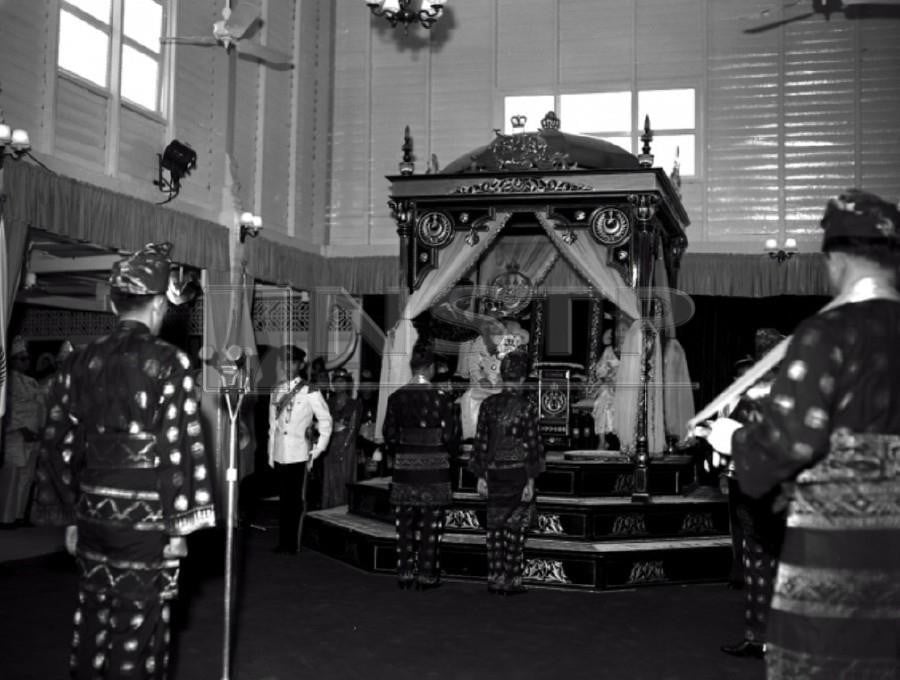
Sultan Yahya Petra became the ruling monarch of Kelantan a day after his father, Sultan Ibrahim passed away from cerebral haemorrhage at Istana Sri Cemerlang on July 9, 1960. After a year of mourning, the people of Kelantan took to the streets of Kota Baru to celebrate the installation of Sultan Yahya Petra on July 17, 1961.
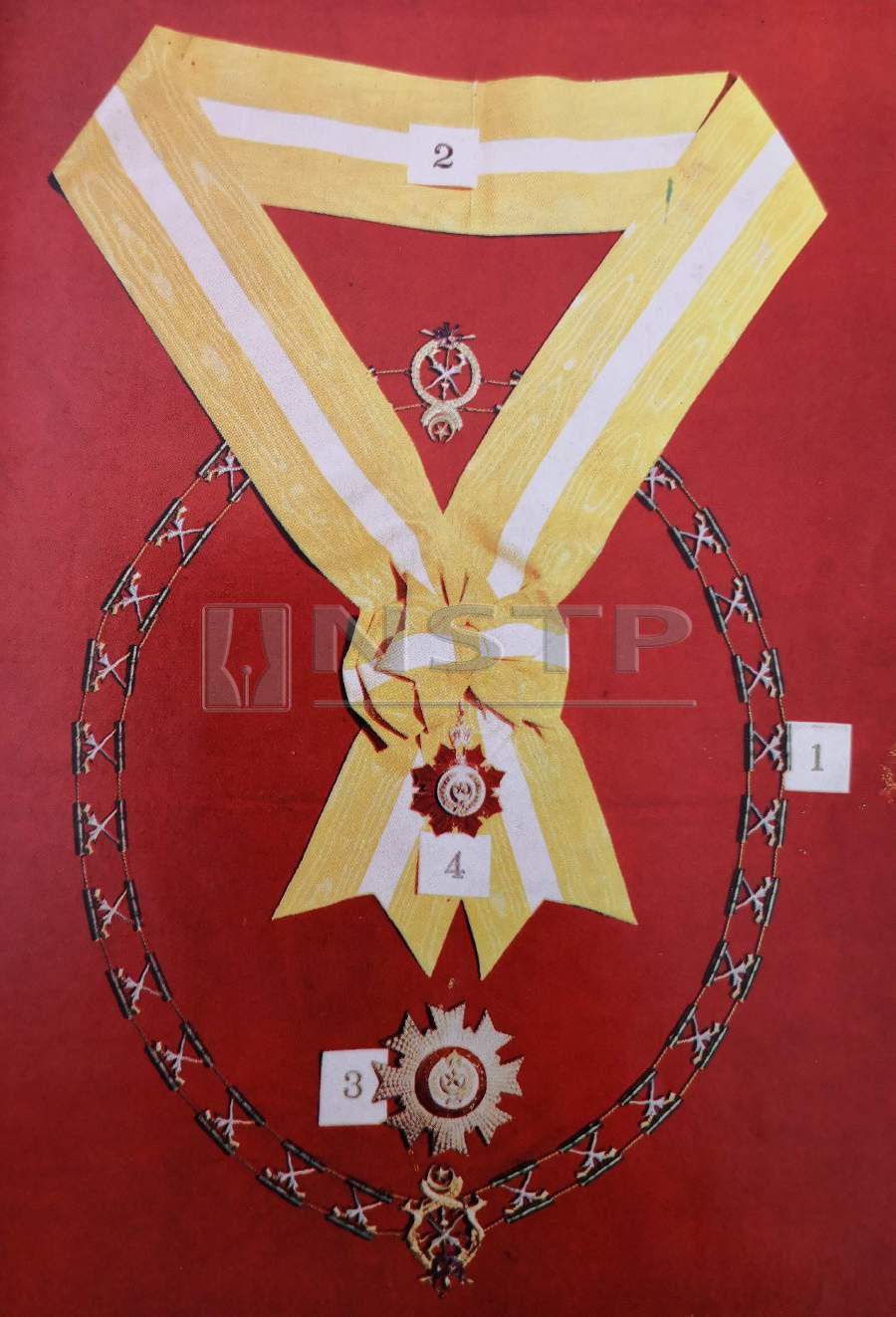
The festivities, which lasted for five days, closely resembled the ones mentioned in Yong’s letter. Among the notable additions were kite flying and top spinning demonstrations at Padang Jubilee as well as a series of football competitions at the Sultan Muhammad IV Stadium.

Sultan Yahya Petra served a five-year tenure as Deputy Yang di-Pertuan Agong from Sept 21, 1970 to Sept 20, 1975. A day later, he was elected Malaysia’s sixth Supreme Head of State after the more senior Sultan Abu Bakar of Pahang and Sultan Ismail of Johor both declined to be considered. Sultan Yahya Petra passed away from heart failure at Istana Negara, Kuala Lumpur on Mar 29, 1979 and was laid to rest at the Kelantan Royal Cemetery in Kampung Langgar, Kota Baru.
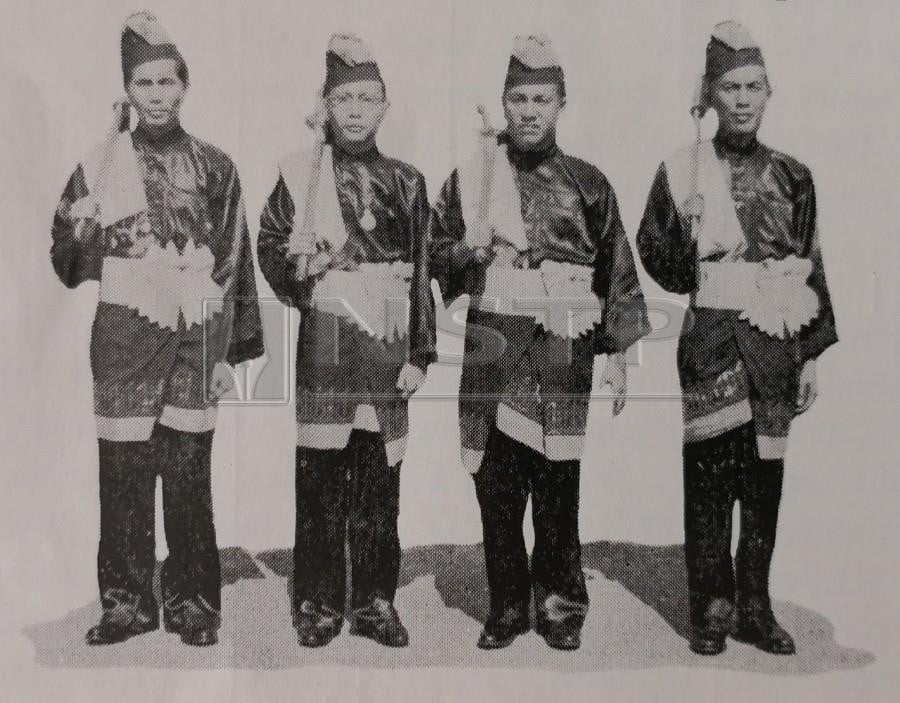
As I put the booklet back into its protective plastic sleeve, I decide to include Yong’s letter inside as well. They both complement each other perfectly and, together, they tell the most amazing story about the bygone days in a state called Kelantan.








